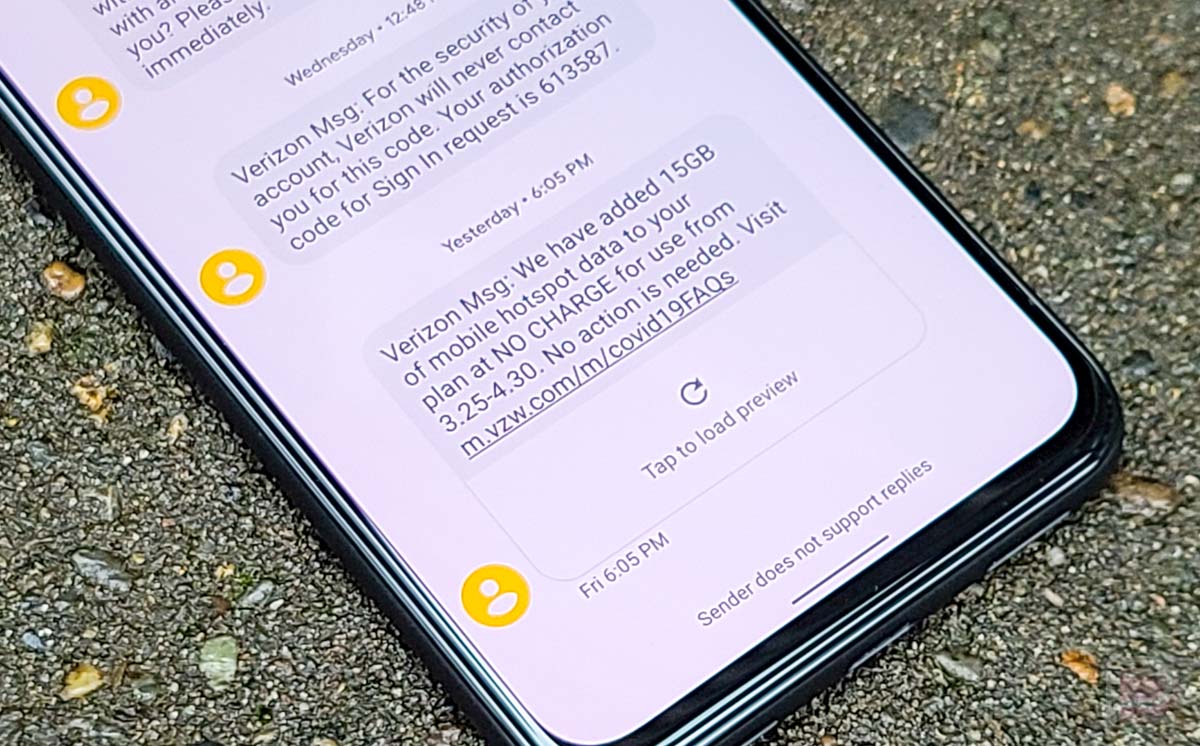Staying connected throughout this coronavirus pandemic will be essential to our survival, as we have stated numerous times this week. We should all be able to interact with friends and family, be informed of closures or “shelter in place” orders, enjoy a few laughs here and there, and see a new movie without having to worry.
Fortunately, carriers are taking proactive measures to ensure that may happen by providing us with additional data and promising not to disconnect our connection or charge us late penalties. Most plans on T-Mobile are now unlimited, while those on Verizon and AT&T just add more data to your existing plan.Using a mobile hotspot is one of the ways Verizon and AT&T are enabling consumers to utilize more data. For those who are unfamiliar, a mobile hotspot is a function on your phone that enables you to share your Internet connection with additional devices, such as a computer, tablet, TV, or other WiFi-enabled device.
That comes in quite handy if your home internet is out, if you need to share data with another device while traveling, and other similar situations.
This is a brief tutorial so that everyone is aware of the potential of their hotspot.
1. Access the system settings menu on your phone (swipe down your notification panel and look for the gear icon).
2. Next, for Samsung phones, look for “Connections” or “Network & internet” on Google phones.
3. Choose “Hotspot & tethering” or “Mobile Hotspot and Tethering.”
4. Choose “Mobile Hotspot” or “Wi-Fi hotspot” on the following screen.
You can now give your hotspot, the name of the network you will select on the device you are sharing your connection with, a name in this section. You choose the name; it can be something cunning or sly.
Keep WPA2 security enabled so you can require a password from devices connecting to your hotspot. You don’t want your data to be used by just anyone.





